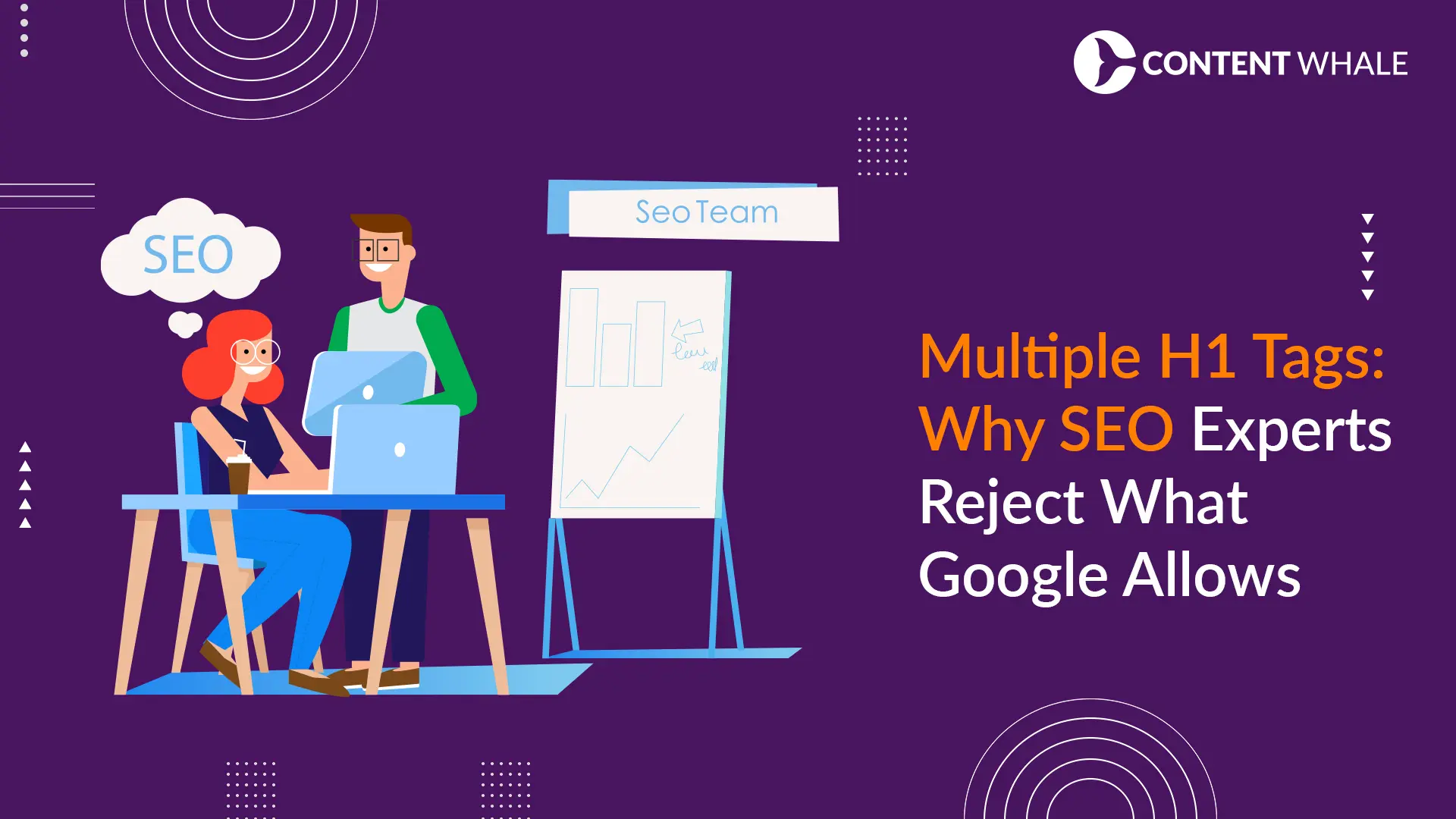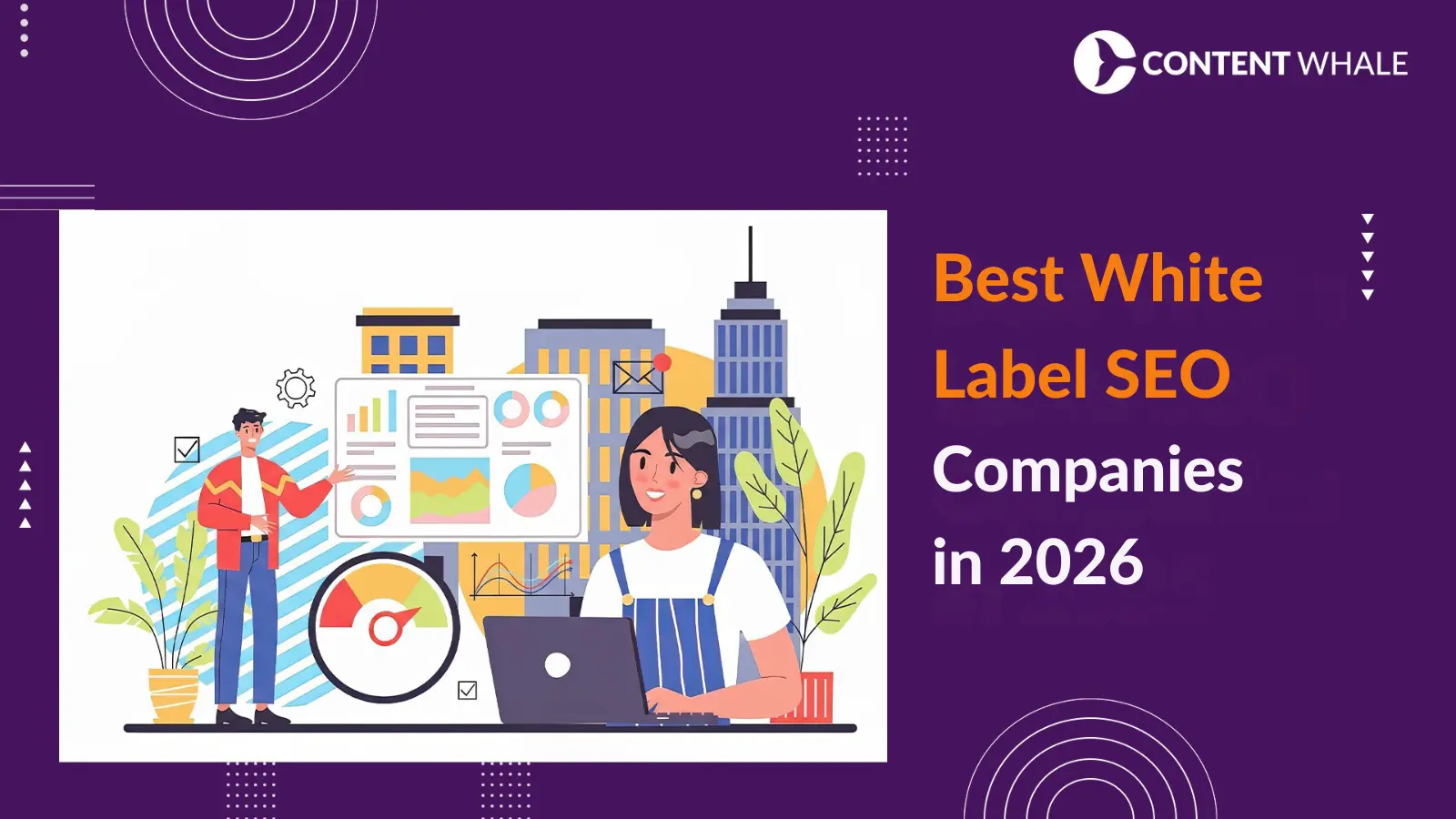Google has introduced a new AI tool that promises to significantly impact how websites are crawled and indexed. Known as the Google AI crawler, this tool is a part of Google’s broader effort to integrate machine learning in search processes.
For webmasters and SEO professionals, this development could mean adjustments in strategies, especially considering the enhanced role that artificial intelligence now plays in the Google bot ecosystem.
This Google search update emphasizes AI’s ability to improve content indexing and refine how web pages are ranked and understood by search engines. With this AI-based web crawler, Google is setting the stage for more accurate and faster indexing, which could lead to significant changes in how sites are optimized for search engines.
Understanding this shift is key for those looking to stay ahead in the competitive field of search engine optimization.
1. What is Google’s New AI Crawler?
The Google AI crawler, officially known as Google-CloudVertexBot, is a significant development in how Google manages web content for AI applications. This new tool is designed to work within the Vertex AI ecosystem, focusing on specialized data collection rather than general web indexing. Here’s a closer look at what sets this AI crawler apart:
a) Key Differences from Traditional Crawlers
- Purpose and Functionality:
Traditional crawlers like Googlebot are designed to index web pages across the internet to improve search results. In contrast, Google-CloudVertexBot operates on a request basis, primarily serving businesses that use Vertex AI for building and managing AI models. - Targeted Crawling:
Unlike the broad approach of traditional crawlers, this AI web crawler is more selective. It focuses on specific domains and collects data tailored to the needs of AI-driven projects. This ensures that the data gathered is relevant and can be effectively used in training AI models.
b) Advanced Machine Learning Capabilities
- Enhanced Content Understanding:
The integration of machine learning in search processes allows the Google-CloudVertexBot to better understand and categorize website content. This improves the accuracy and efficiency of content indexing, leading to more precise search results. - Impact on Google Indexing:
With its advanced capabilities, this new Google tool plays a crucial role in refining how content is indexed. This is particularly important for businesses focused on search engine optimization, as it influences how their content is ranked and displayed in search results.
c) Implications for SEO
- Focus on AI-Driven Data:
The introduction of this AI crawler suggests a shift in Google’s algorithm towards AI-driven content analysis. For SEO professionals, this means adapting strategies to align with the new priorities in Google indexing.
2. Key Features of the AI Crawler

Google-CloudVertexBot, the latest Google AI crawler, is designed to elevate the efficiency and precision of content indexing, specifically for AI-driven projects. This new Google tool incorporates several advanced features that set it apart from traditional crawlers.
a) Machine Learning Capabilities
- Advanced Content Analysis:
The AI web crawler leverages sophisticated machine learning in search to better understand the context and relevance of the content it indexes. This ensures that the data collected is more accurate and useful for AI applications, particularly those that require nuanced understanding, such as natural language processing or image recognition. - Selective Crawling:
Unlike traditional crawlers that broadly index all accessible web content, Google-CloudVertexBot performs targeted data collection based on specific requests from site owners. This focused approach helps in gathering data that is directly applicable to the development and refinement of AI models.
b) Enhanced Understanding of Web Content
- Improved Indexing Speed and Accuracy:
The Google bot associated with Vertex AI operates with enhanced efficiency, enabling faster and more accurate content indexing. This improvement is crucial for businesses relying on timely and precise data to train their AI models effectively. - Integration with Google’s Search Infrastructure:
Although this AI-based web crawler is primarily focused on AI model training, its integration into Google’s broader search infrastructure could lead to indirect benefits for search engine optimization. By understanding and categorizing content more effectively, it may influence how content is ranked and displayed in search results over time.
c) Impact on Google Indexing and SEO
- Adaptation to AI Priorities:
With the introduction of this new Google tool, there is a noticeable shift in Google indexing priorities. Businesses and SEO professionals must adapt their strategies to align with the evolving criteria used by AI-driven crawlers. This might include focusing on more structured data and ensuring that content is easily understandable by machine learning algorithms.
3. Impact on SEO and Indexing
The introduction of the Google AI crawler, Google-CloudVertexBot, is set to redefine Google indexing and search engine optimization (SEO) strategies. This Google search update prioritizes AI-driven content analysis, shifting the focus from traditional keyword-heavy content to more structured and contextually relevant information.
a) Changes in Indexing Priorities
- The AI-based web crawler enhances machine learning in search, allowing it to better understand the context and nuances of web content. As a result, content optimized for traditional crawlers might need a revamp.
- Google-CloudVertexBot prioritizes content that is well-structured and semantically clear, necessitating a stronger emphasis on structured data and clear metadata.
b) Tips for Optimizing Content
- Structured Data Implementation: Leveraging structured data is crucial as it aids the Google bot in accurately interpreting and indexing your site’s content. Proper use of schema markup can significantly improve visibility.
- Content Clarity and Relevance: The new Google tool favors content that is not only relevant but also contextually rich. This requires a focus on natural language and semantic search, ensuring that content aligns with user intent.
- Monitoring Algorithm Updates: Stay informed about Google algorithm updates and adjust your SEO strategies accordingly. Regular monitoring can help you adapt to changes and maintain or improve your rankings.
| Crawler Name | Purpose | Key Features | Impact |
| Google-CloudVertexBot | Gathers data to train AI models as part of Google’s Vertex AI platform. | Focuses on collecting structured and contextually relevant data for AI applications. | Enhances machine learning capabilities in AI projects. |
| GoogleOther | Relieves Googlebot from non-essential tasks, handling R&D crawls. | Optimizes overall crawling efficiency by taking over tasks that are not directly related to search indexing. | Frees up Googlebot to focus on core indexing activities. |
| Google-InspectionTool | Used by Google’s search testing tools for diagnostics. | Mimics Googlebot but is designed specifically for tools like Rich Result Test and URL Inspection in Search Console. | Helps webmasters understand how Google views their content. |
| Google-Extended | Allows website owners to control AI access to their content. | Provides the ability to manage whether content contributes to Google’s AI tools like Bard and Vertex AI via robots.txt. | Helps control content usage in AI projects. |
| AdsBot Mobile Web | Ensures ad quality on mobile web pages. | Checks the performance and user experience of ads on mobile devices. | Maintains the quality of ads served through Google’s platforms. |
4. What This Means for Webmasters

The launch of the Google AI crawler, Google-CloudVertexBot, presents new challenges and opportunities for webmasters. Understanding how this new Google tool functions is essential for maintaining and improving site performance in search results.
a) Practical Steps for Adapting
- Update robots.txt Files: Review and update your robots.txt files to manage how the AI web crawler interacts with your site. Ensuring that the crawler has the appropriate access to the necessary sections of your site can optimize content indexing.
- Optimize Website Structure: Given the crawler’s focus on structured data, webmasters should consider revisiting their website’s architecture. A clear, well-organized site structure enhances the crawler’s ability to interpret and index content accurately, which could positively influence your site’s ranking following the Google algorithm update.
- Enhance Mobile and Page Speed Optimization: As always, Google indexing is heavily influenced by mobile optimization and page speed. With the introduction of this new Google tool, ensuring that your website is fast and mobile-friendly is more critical than ever.
b) Security Considerations
The Google bot now has more sophisticated data collection capabilities, so it’s crucial to protect sensitive information. Implement robust security measures, such as encryption and access controls, to ensure that only intended data is accessible to the crawler.
Conclusion

Staying updated with Google’s technological advancements is essential for anyone involved in search engine optimization. The introduction of the Google AI crawler marks a significant shift in how content is indexed and understood by search engines. This Google search update reinforces the importance of adapting to AI-driven processes that prioritize structured, contextually rich content.
Webmasters and SEO professionals must proactively adjust their strategies to align with the capabilities of this new Google tool. By focusing on structured data, ensuring content clarity, and keeping up with Google algorithm updates, businesses can maintain their competitive edge in search rankings.
To navigate these changes effectively, consider leveraging expert content creation services. Professional support can help you craft AI-friendly content that meets the evolving demands of Google’s AI web crawler, ensuring that your website remains well-indexed and visible in an increasingly competitive digital environment.
FAQs
1. What is the purpose of Google’s new AI crawler?
The Google AI crawler, known as Google-CloudVertexBot, is designed to enhance how content is indexed for AI-driven projects. Unlike traditional crawlers, its primary function is to gather data at the request of site owners, specifically for use in training AI models within Google’s Vertex AI platform. This new Google tool focuses on collecting precise, structured data that improves the quality and accuracy of AI applications.
2. How does the AI crawler differ from Google’s previous crawlers?
The main difference lies in its purpose and operation. Traditional crawlers like Googlebot index the web broadly to serve search results, while the AI web crawler is more selective. It targets specific content that aligns with AI project needs, making it a specialized tool for Google indexing in AI contexts. This crawler also integrates advanced machine learning in search, enabling it to understand and categorize content more deeply.
3. Will the new AI crawler affect my website’s ranking?
While the Google AI crawler itself is focused on AI projects rather than general web indexing, its influence on Google algorithm updates could indirectly impact rankings. As AI-driven indexing becomes more prevalent, websites optimized for AI understanding—those with structured data, clear content, and semantic relevance—are more likely to maintain or improve their search rankings.
4. What should I do to optimize my website for the AI crawler?
To optimize for the Google AI crawler, ensure your site features structured data, which helps the crawler understand your content better. Focus on content clarity and relevance, and stay updated with the latest Google search updates to adjust your SEO strategies as needed.





